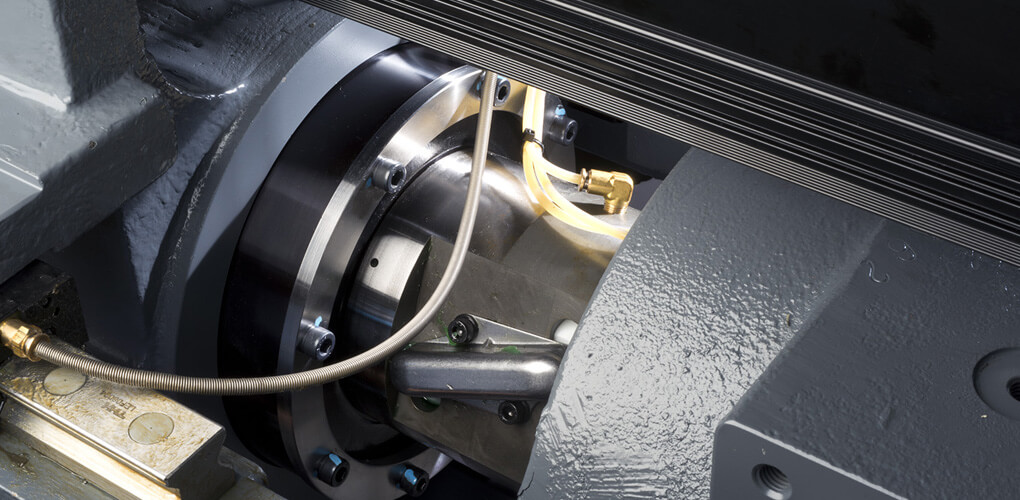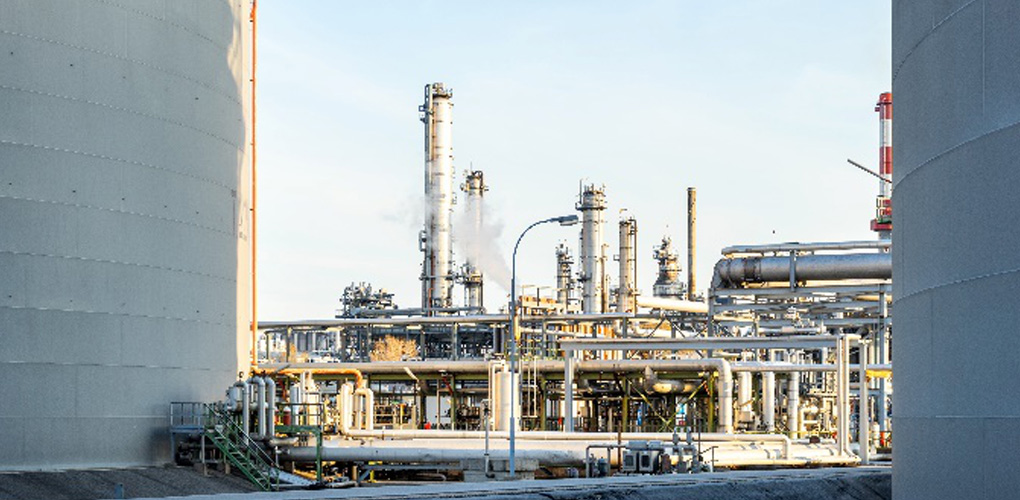Design Consideration of Piezoresistive Pressure Sensor
A Guide to Understanding Piezoresistive Pressure Sensor
Over the years, the piezoresistive pressure sensor has evolved. This evolution has made some interesting and major changes in the field of pressure sensors. The design itself carries a great significance in the occurrence of this change. It has gone through revolutionary changes in terms of design procedure and construction as well.
The alterations and modifications in the design and construction of a piezoresistive pressure sensor have proven to change the manufacturing processes completely. They have given results that show that accuracy and precision have improved.
Factors like proportions of diaphragm and designation of the piezoresistive pressure sensor in the right places have changed the manufacturing processes for good. Different manufacturing processes require different sensors. Well-suited, unique, and specific sensors design can increase the efficiency and outcome manifolds.
You May Also Read: Effective Calibration Steps for Pressure Transmitter for Sewage Treatment
It is important to achieve the ideal design requirements that meet certain procedures. Ill-fitted designs can decrease efficiency as well as take a negative toll on the outcome. Hence, it is better to understand and consider design restrictions and necessities before implanting a piezoresistive pressure sensor.
It is critical to analyze design concerns for silicon piezoresistive pressure sensor. This is because it affects the sensor’s output. Accurate results are of utmost priority all the while keeping up with the stern demands of the market that is continuously changing.
Points to Consider When Designing Piezoresistive Pressure Sensor
To ensure that the design is optimum in nature, some specifications and restrictions need consideration. The upcoming latest technology for sensors embeds microwave plasma etching technology. When designing the sensor, the diaphragm flexibility, rebound reaction, time consumption, and gauge direction needs deliberation.
The reflection on such points is extremely necessary to achieve the maximum out of the sensor results. They are very important in any manufacturing procedure thus the contemplation is a necessity. No industry is complete without the use of such sensors. Many bio-medical, automobile, and household appliances incorporate the use of these sensors hence the importance.
The basic structure of a piezoresistive pressure sensor remains the same. The alterations are made to the already existing model. These modifications based on the specifics required by a certain company or department.
The distinguishing element in any piezoresistive pressure sensor is the diaphragm. It is made up of silicon. This part of the diaphragm that consists of silicon is bendable after the pressure application. The pressure forces the silicon frame to deform because of its flexibility.

This distortion leads the diaphragm to change its configuration which in turn changes the sensor's structure too. This change also triggers a modification in the resistance of the material. This modification is changeable too depending on the direction of the resistors. You can increase or decrease as per the specifications.
Cost of Producing Customizeation
Another major factor that needs consideration is the cost of producing customized piezoresistive pressure sensors. It carries a great significance that a good piezoresistive pressure sensor must be cost-effective yet sensitive to all the industrial applications.
It is highly likely and profitable if the sensor is sensitive to multiple applications. This way it becomes invincible and compatible with most of the manufacturing procedures. Another added benefit may be that it can adjust to various temperatures. Such kind of adjustments and compensations in the manufacturing field can be highly profitable and advantageous.
Working Principle of a Piezoresistive Pressure Sensor
The basic principle behind the piezoresistive pressure sensor remains simple. Its working principle is to exercise a straining gauge made by conductive material in such a way that it deviates its electric resistivity while it is stretching.
The straining gauge connects to a diaphragm. This diaphragm identifies a change in the resistivity after the sensor deforms. This in turn produces an output. In this whole procedure, the gauge factor carries great importance because it defines the resistance of the sensor to the diaphragm which makes or breaks the outcome.
Specifications of a Piezoresistive Pressure Sensor
Usually, straining gauge sensors are of metal that on the factor less than 4. This strain saves thousands each part. Thus the output changes to less than a single volt. Silicon gauge factors are getting widely popular because of their multipurpose robust properties. Silicon-made sensors create a good conciliation between sensitiveness and the electric capacity of the elements. The silicon-made sensors provide a better output than metal-made sensors.
Build-up of a Piezoresistive Pressure Sensor
Any Piezoresistive Pressure Sensor houses a liquid cove with a polymer suction element inside the liquid cove. The polymer element coats a piezoresistive material. This helps in forming the main resistor with various electrodes.
The polymers create a resistance that changes to an alternating resistance. This fluctuation in resistance alters the outcome massively thus, affecting the results as such that they provide a flexible platform for pressure sensor resistance.
Fabrication
The fabrication of a Piezoresistive Pressure Sensor is pretty meticulous. The back-side engraving is essential that is performed on the diaphragms. As for the packaging of the sensor, aluminum construction helps keep the structure in place. This is from preventing any external element from affecting the elements within.
Basic Processes in Designing a Piezoresistive Pressure Sensor
As the earlier discussions prove that making a Piezoresistive Pressure Sensor is a highly profitable process. Silicon Piezoresistive Pressure Sensors are yet more popular due to their robust qualities. They major steps involve diffusion, metallization, and anisotropic back-side engraving. This engraving is also known as chemical etching.
Advantages of Using a Piezoresistive Pressure Sensor
Industrially the use of Piezoresistive Pressure Sensors is increasing day by day due to its robust properties. Along with it multiple qualities some of the major advantages include the following.
They create an opportunity that is very cost-effective in sensor fabrication. Moreover, this is an upcoming and evolving processing technology that is maturing into a big conglomerate. Various applications can help achieve different pressure levels hence different outcomes too.
Since the pressure sensor is sensitive to many pressure levels, it can extend its use to several processing functionalities.
Application in Daily Life
Piezoresistive Pressure Sensors have much more common use in our daily lives than we can contemplate. It is widely used in household appliances like Washing machines, dishwashers, vacuum cleaners, and much more. Another industry that uses such sensors is the automobile companies. They make use of it in oil leveling, gas leveling, and air pressure detection. Bio-medical applications use in measuring blood pressure and BMI.
You May Also Read: Anti Corrosion Pressure Transmitter-How to Protect Against Corrosion
Conclusion
After contemplating all the various and major points in designing a piezoresistive pressure sensor, it is necessary to keep a few steps in mind. The process should encompass a design that is made after the design of customized specifications by the company. The design should be flexible as it should be compatible with the various manufacturing process so that a single design caters to maximum needs.
Moreover, silicon-based Piezoresistive Pressure Sensor shows maximum output because it has robust qualities that can face high temperature and pressure levels without altering its basic nature. In all cases, optimum output results carry great significance in the end outcome given by the industry. Design plays a key role in maximizing the output thus it needs much consideration.
For more information Contact Us Today!













